In preparation for the upcoming holiday shopping season, Google recently announced some notable changes to their solutions for local businesses, all with the goal of making Google more accessible and powerful for local merchants. One of the most surprising announcements is a full rebrand of Google My Business to ‘Google Business Profile’, giving a new name and identity to the most important platform in local search. In addition to the new name, several key changes are coming to how businesses can manage their information on Google. These changes have an immediate impact for business owners, and also give some interesting clues to what might be in store for the platform’s future.
How is Google Business Profile changing?
The most immediate changes to the newly-named ‘Google Business Profile’ are coming for small or single-location businesses that previously used the Google My Business interface. With these updates, Google is recommending that small businesses manage their profiles directly within Google Search or on Google Maps, instead of logging into a specific interface. This is a logical continuation of updates made in the past few months, where more and more management tools for business owners brought directly into search results. Google has said that all management tools and functionality should be available on Search or Maps, but for those businesses that have been using the interface only, this will require a learning and transition period. Some features that were either in testing or not as prominent in the existing interface, like call history and messages, will be given more priority when managing in Search and Maps. Alongside the move of management into Search and Maps, the Google My Business app will also be retired. While not commonly used for agencies or larger companies, the GMB app did have a dedicated user base and often received some feature updates first.
Is anything changing with the API?
Like the multi-location interface, the Google My Business API is getting a new name, but the existing functionality will all remain. Google confirmed the newly renamed Business Profile API will still be under active development (link). For customers using Locl, this means you can continue to expect all of the same functionality in the Locl platform. As always, we will be keeping a close eye on any changes or new features that come in the API.
Why did Google make this change?
Given Google’s history with changing and evolving product names, the rebrand isn’t terribly surprising. Google has been moving towards the ‘business profile’ terminology for some time in documentation and other materials, and this rebrand seems like a natural next step to make the product’s name more obvious for business owners of all sizes. For small or single location businesses, this change has moved the management functionality out of a backend interface, and instead makes these tools available right where you would see your business on Google. In many ways, this move signifies that Google has identified there need to be simpler ways for businesses to control this information, and decided that it’s a better experience to manage directly in Search. It’s easy to understand why Google would want these profile management tools to be more accessible. The faster and more approachable it is for businesses to make changes or verify their profiles, the better information Google can provide to consumers. More engagement by business owners also means a larger market that could purchase ads or choose to promote their location. Google Announcement here.
What comes next?
Anytime there is a change and rebrand of this size with Google, it’s exciting to see what the future might have in store. While the immediate changes today and into early 2022 might not radically change how businesses can control their presence on Google, there are a few interesting clues to where the future might go. First, moving profile management to be entirely done in Search or on Maps for small businesses will bring some notable improvements, but could also mean significant changes for workflows and confusion. As this rolls out, expect to see continuous changes as Google tests optimizations and tries to capture feedback. Additionally, re-focusing the current interface for multi-location users shows that Google is finally serious about separating the workflows for SMB and multi-unit brands, instead of trying to keep a core, one size fits all solution. With this change, it seems likely that Google will start to offer more unique options, features, and opportunities for brands and chains that might otherwise not make sense for a single location.
What does this means for Locl?
Don’t worry – none of the functionality you use in Locl will change because of this. How customers view and interact with your business profiles on Google is also unchanged. In some ways, these changes reflect Google admitting that there were usability issues with Google My Business, which is something at Locl we’ve known for a while, and why we have focused on giving businesses better ways to manage their local presence on Google with our platform. While the goal of these changes is admirable, the transition will likely add another layer of complexity and confusion for business owners, taking time away from optimizing their profiles.Changes on Google can be incredible opportunities for businesses, but can also be terrifying if they negatively impact your business’s visibility and reach. During these times of change, it’s more important than ever to have a partner in local search that makes sure you are able to take advantage of everything new, while not losing access to the workflows and tools that you currently use to optimize your presence. At Locl, we will be keeping a close eye on these changes to Google My…sorry, Google Business Profile to make sure you have everything you need to save time, engage with customers, and win at local search!

